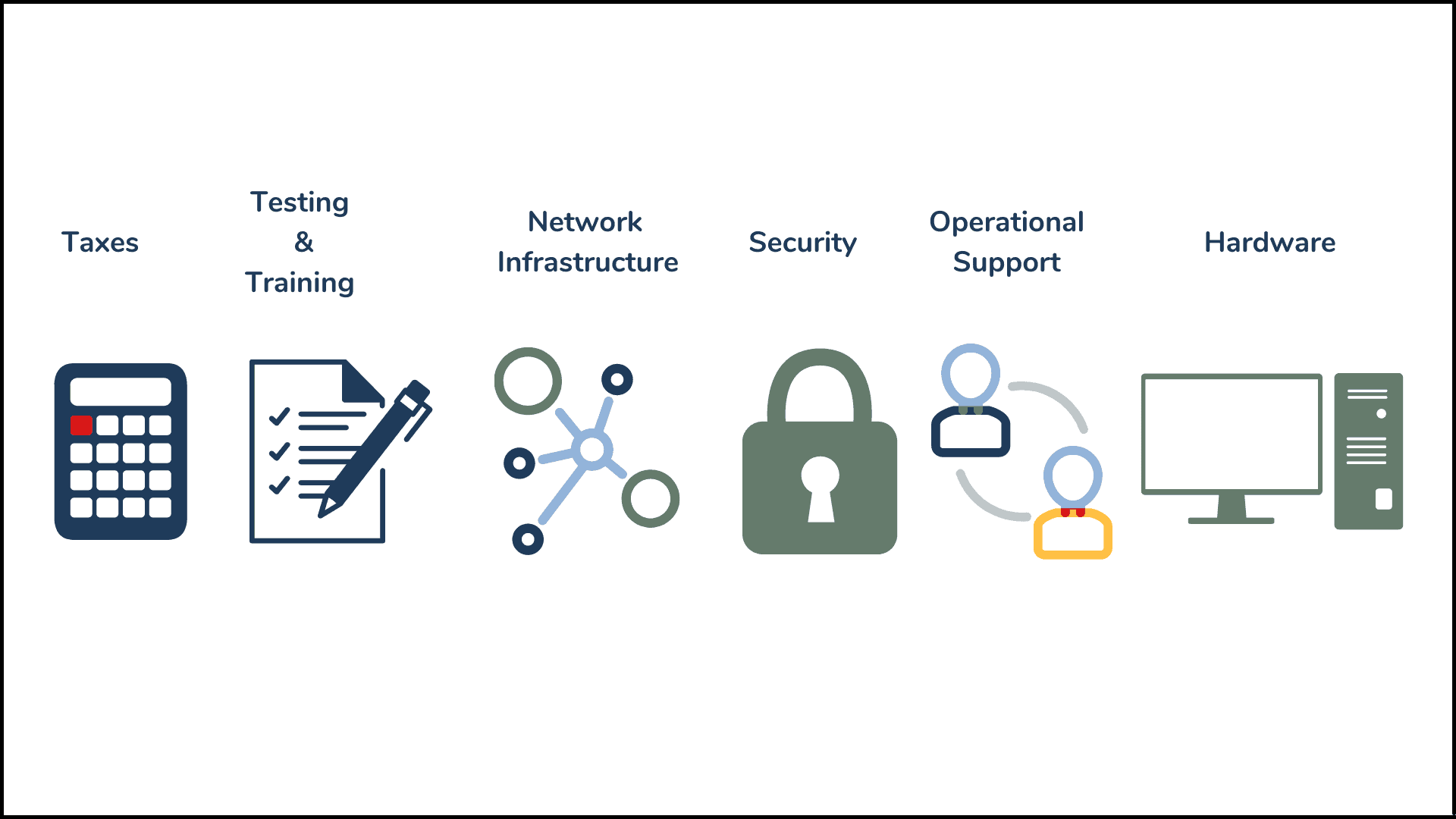All journeys start with a problem. Columbus sailed west to find new routes to Asia so Spain could compete with Portugal. People immigrate to the US in search of a better life. Jeff Bezos is exploring space because…he can? Never mind about that last one, but you get the idea.
The journey to buying tech is no different. Most companies start here: there is a problem that needs to be fixed.
What’s the big deal?
Look, as much as we like working with clients, no one embarks on a largescale IT purchase because it’s fun. No, people look at new XaaS solutions because they have a problem with their current state. Seems straightforward enough, right?
I assure you, it’s not.
The Problem with Problems
IT ecosystems are big and complex. Your software solutions are all interconnected, and they all run off your network, which leverages a variety of security measures to protect your business. A relatively simple problem could be isolated to just one technology, or it could have a much greater impact.
Suddenly your simple little problem is a hopeless mess, with no beginning and no end in sight.
For example, let’s say your customers report dropped calls when they reach out to your contact center. Simple enough. But your contact center is made up of a variety of different technologies – ACD, IVR, agent interface, and the underlying telco. Maybe your ACD/IVR isn’t airtight, leading to dropped calls and endless loops. Maybe your agents are accidentally hanging up on people when trying to transfer calls. Maybe you just don’t have enough bandwidth for increased call volumes. It’s hard to pinpoint where the problem is coming from. And when you do, you realize that changing one technology could have huge ramifications on the others.
Team of Rivals
Okay, so let’s say you have a pretty good idea of what’s causing your problem. But that doesn’t mean everyone else thinks so. The hardest part of identifying a problem is convincing other people that you know it’s real. People disagree. People have different goals, different experiences, and different ideas about what’s wrong with your IT. And even if your team is aligned, you need to convince leadership and C-suite you know what’s causing the problem before you can even start shopping for a solution.
A Third Party Gives You Confidence
When it’s this hard to even understand what your problem is, it’s no wonder that so many people choose to live with an imperfect solution.
But a third party helps you pinpoint the problem in your IT ecosystem. At CXponent, we use our years of experience to shore up any weaknesses or uncertainty you have. We don’t talk at you. We work alongside you, listening, validating, and offering expertise where it’s needed.
What does this look like?
- You know your contact center has a problem with dropped calls, but you can’t figure out what’s causing it.
- Your network costs have ballooned during the pandemic, but you don’t know where to begin trimming them down.
- A recent merger means you must combine your network with a new acquisition’s network, but you’re having trouble understanding how these ecosystems will merge.
- Your CIO is telling you to move everyone to Microsoft Teams, but you don’t have a lot of experience with this relatively new technology.
- You want to integrate a new chat tool into your contact center, but you’re not sure how that affects licensing.
- You did some research on new CASB providers, but you want an extra set of eyes in case you missed anything important.
These are just a few examples of scenarios where a third party can help you identify and solve a problem in your company’s network ecosystem. It doesn’t matter if it’s cost, design, or people-related: we can help you find the problem and feel confident in your solution.
What do I get from CXponent?
Here’s what you don’t get – a rigid SOW that doesn’t even help you solve your problem. We tailor every engagement to whatever you need. You can rest assured that working with a third party doesn’t mean you’re looking into a lengthy, unhelpful engagement. It means you’re finding and solving your problem.
Want to see this in action?


.png)



